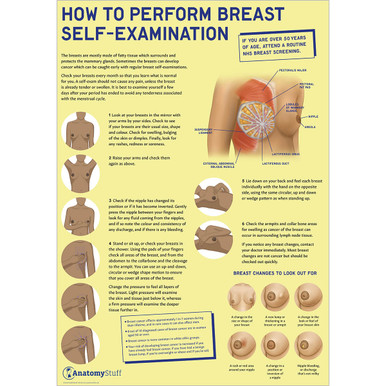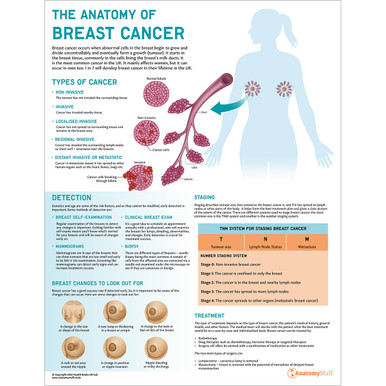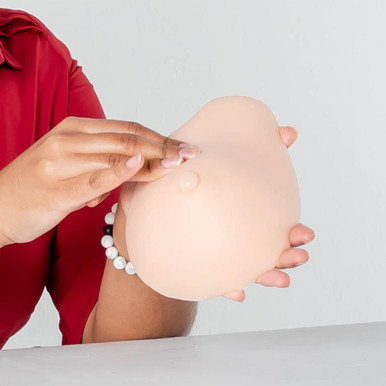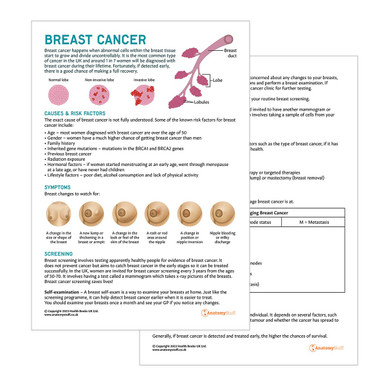Breast self-examination
Breast cancer occurs when abnormal cells in the breast begin to grow and divide uncontrollably and eventually form a growth (tumour). It starts in the breast tissue, commonly in the cells lining the breast’s milk ducts.
Regular inspection to note any abnormal changes can be life-saving. We probably have all heard of how important checking our breasts are but do we really know how to do it properly?
Here’s how to check your breasts properly
Firstly, don’t panic if you find an abnormal lump or bump –it’s often hormonal or otherwise, but you must get it checked by a health professional to be safe.
Breast Self-Check:
• Stand in front of a mirror and look for any changes to the appearance of the breasts.
• Then raise your arms, looking at both breasts for changes. Rashes, colour changes, and size or shape changes all need to be inspected.
• Feel both breasts (one at a time) with your fingers held flat, using a circular motion to thoroughly examine all of your breasts for lumps, dips, or any changes. Feel the breasts lying down on your back, then again while standing upright with your arm held up.
• Look and feel the nipple for inversion (turned inward) discharge or bleeding.
Any changes to the look or feel of the breasts should always be checked out with your GP.
It’s important to check your breasts regularly, attend regular screening where applicable and always get changes checked out with a health professional.
For a visual guide on how to check your breasts, take a look at our breast self-examination chart.
Free PDF Downloads
View AllWhat are the changes you are looking for on examination?
Any change should be noted –Changes in size, appearance, lumps, bumps, nipple inversion, discharge, swelling, unevenly shaped breasts (that are normally even), rash, soreness or increased tenderness, colour, or shape.
If you discover a lump, change or abnormality, seek professional help immediately. Early cancer detection in this area had a good success rate when treated early on. But remember, most changes aren’t necessarily cancer–they can be hormonal, fibroids or age-related changes to the skin or breasts.
It can be daunting to find a lump, you should find support and comfort in a good friend or family member. There are several other reasons for changes and lumps besides cancer. But if it does turn out to be breast cancer –remaining calm and positive will help with your journey, and a good approach early on can lead to finding support quickly.
Breast cancer doesn’t need to be a death sentence – check your breasts regularly, report changes fast, and seek support early –these simple steps can and may very well just save your life.

Related products
View All















